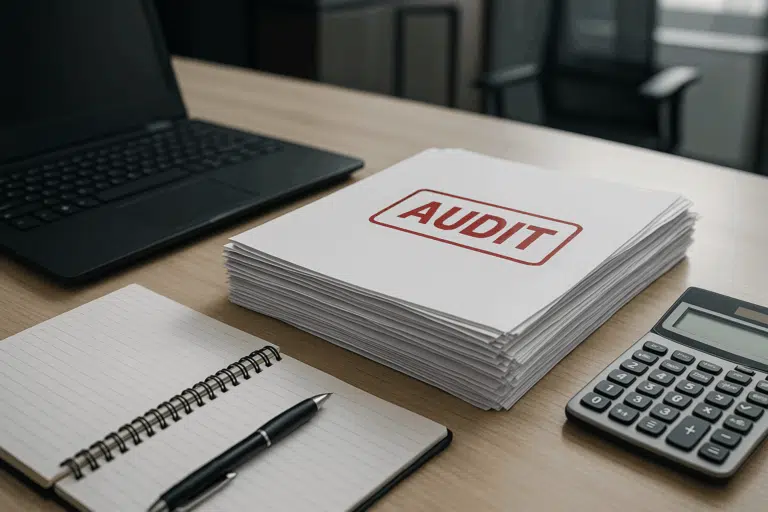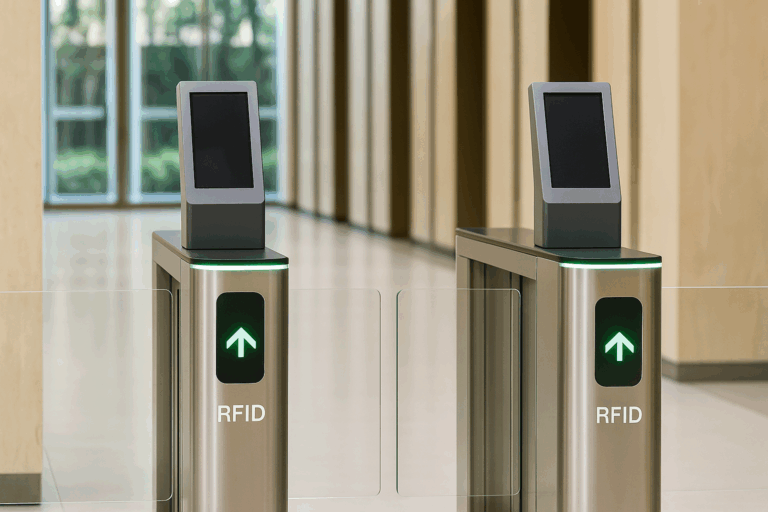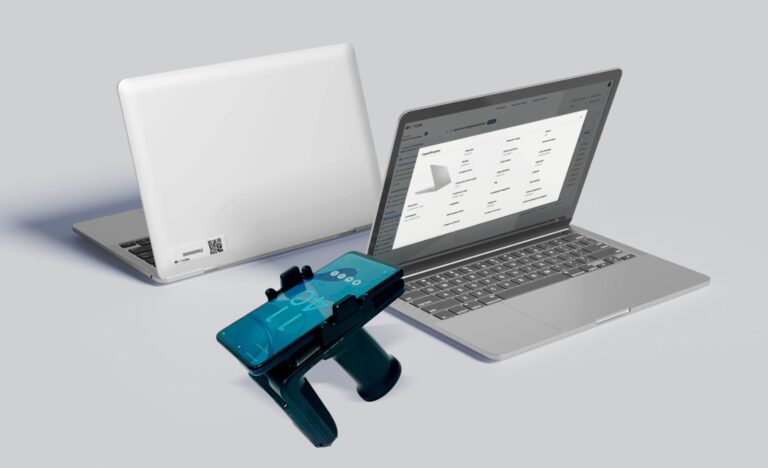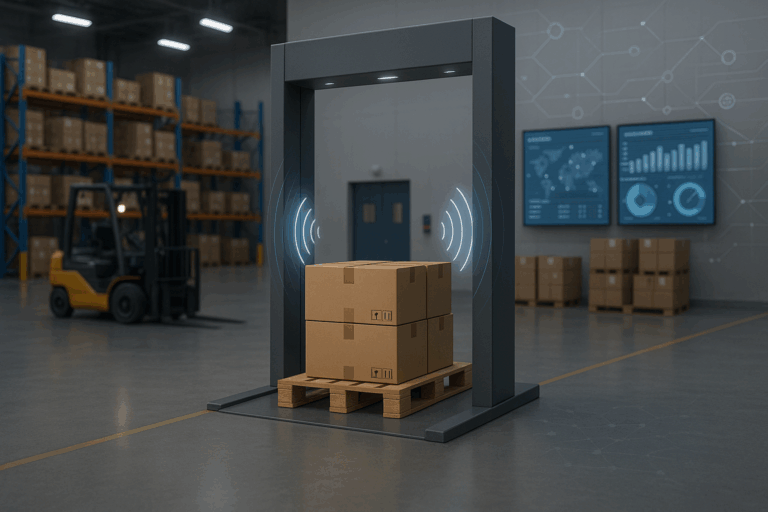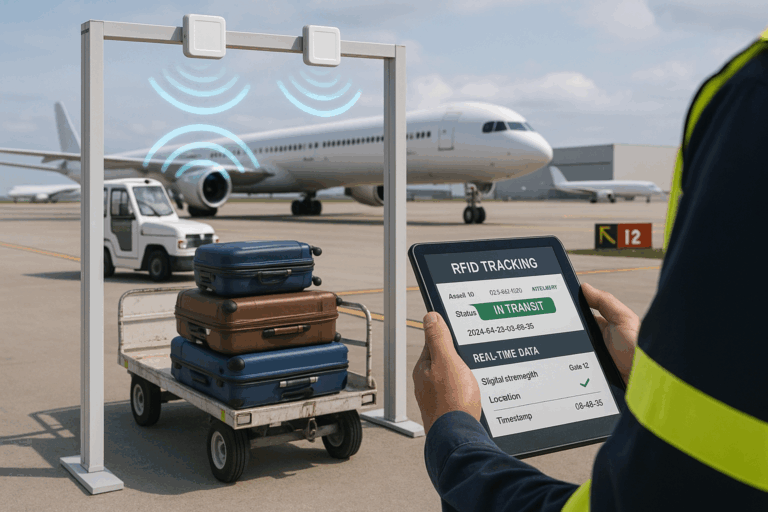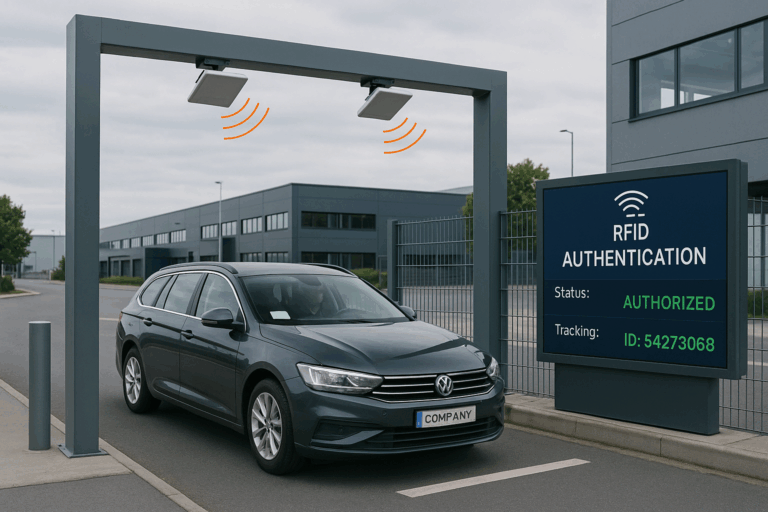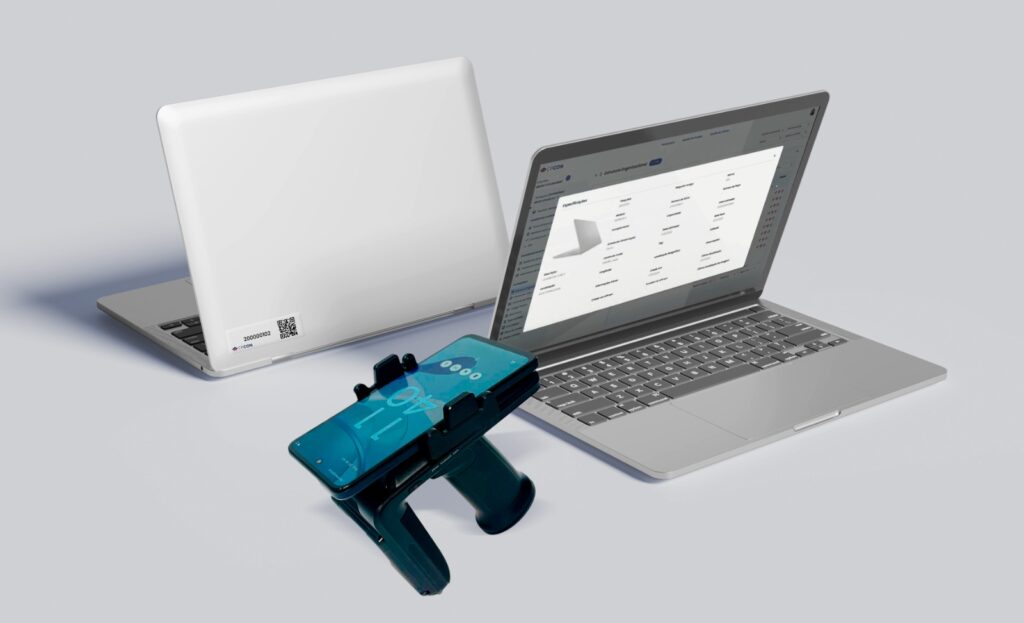Physical verification of fixed assets is a critical — yet often overlooked — step in asset management. When ignored or poorly executed, it can lead to devastating financial consequences, from missing equipment losses to major audit failures.
This process exists to ensure that the assets listed on a company’s balance sheet actually exist, are in good condition, and are located where they’re supposed to be. In an era of increasing regulatory pressure and compliance requirements, neglecting physical verification opens the door to hidden risks that can compromise the company’s value. Organizations that adopt robust asset tracking systems, perform regular fixed asset inventories, and enforce strong asset reconciliation practices gain a competitive advantage, reduce losses, and stay prepared for audits. In this article, we explore why physical verification of fixed assets is strategically essential, the key challenges companies face, and how Grupo CPCON delivers innovative solutions that turn this process into a business asset.
Table of Contents
ToggleWhat is Physical Verification of Fixed Assets?
Physical verification of fixed assets is the process of identifying, locating, and physically inspecting a company’s assets, and comparing them with accounting records and the fixed asset register.
This process typically involves:
- Identifying and locating each asset in the physical environment
- Matching assets with accounting and ERP records
- Verifying the condition, usage, and asset tagging
- Updating information or triggering asset reconciliation in case of discrepancies
Without regular physical verification, the risk of fraud, loss, and accounting errors increases — especially in organizations with a high volume of assets or decentralized operations.
Common Challenges in Physical Verification of Fixed Assets
Even well-structured organizations face technical and operational obstacles during physical verification. Some of the most common challenges include:
- Lack of standardization in the asset register
- Difficulty locating assets in large industrial sites, hospitals, or multi-site operations
- Damaged, illegible, or missing asset tags
- Idle or decommissioned equipment still listed as operational
- Poor integration of data across departments (accounting, IT, asset management, operations)
These issues are amplified in environments managing hundreds or thousands of fixed assets across various locations, demanding tailored and technology-enabled solutions to ensure inventory accuracy and operational control.
The Hidden Consequences of Neglecting Physical Verification of Fixed Assets
The absence of a structured physical verification process isn’t just an operational gap — it’s a strategic blind spot with deep financial, accounting, and organizational consequences.
Without proper control, companies expose themselves to asset misstatements, regulatory risks, and poor investment decisions.
From an accounting standpoint, failing to reconcile physical assets with ERP records leads to inaccurate depreciation management, accumulation of non-existent assets, and the continued inclusion of obsolete equipment as if it were active.
This distorts the balance sheet, affects key metrics like EBITDA and ROI, and introduces inconsistencies often flagged as material weaknesses in external audits.
These distortions also result in real operational losses. Underutilized, forgotten, or duplicated assets continue to consume resources — whether in unnecessary maintenance, storage costs, or even redundant insurance coverage.
Meanwhile, departments may continue acquiring new equipment simply because they lack visibility into existing resources, inflating CAPEX without strategic justification.
In terms of governance, neglecting physical verification undermines compliance with standards such as IFRS (e.g., IAS 16, IAS 36) and local equivalents (like CPC 27 and CPC 46 in Brazil), and impedes the generation of audit-ready reports.
Regulated industries — such as healthcare, energy, finance, and infrastructure — face the risk of penalties, lost certifications, and terminated contracts when unable to prove the existence and condition of their registered assets.
A lack of physical control also weakens RFID asset tracking and hinders effective asset lifecycle management.
Without reliable visibility, preventive maintenance, asset replacement planning, and disposal decisions suffer — creating a compounding cycle of inefficiency and financial exposure.
Finally, high-impact strategic decisions — such as mergers, acquisitions, expansions, or restructuring — become unreliable when based on outdated or inaccurate asset data.
If you don’t know what you truly own, where it is, and what condition it’s in, you can’t confidently plan or defend your company’s value in front of stakeholders.
Neglecting physical verification is not just a control failure — it’s a forfeiture of strategic asset intelligence, financial predictability, and decision-making power.

Best Practices for Reliable and Auditable Physical Verification
Physical verification of fixed assets should not be treated as a one-off task performed only in response to audits or regulatory pressure.
To be truly reliable and auditable, it must be structured as a recurring process, supported by clear methodology, trained personnel, and full integration with accounting and asset management systems.
Structured Planning Aligned with the Accounting Cycle
The first best practice is detailed planning. This includes mapping all assets to be verified, assigning responsibilities by department or location, defining process stages, and allocating the necessary human, technological, and logistical resources.
Mature organizations typically document an annual verification plan aligned with the company’s accounting calendar, audit cycles, and maintenance schedules.
Standardized Asset Data and Unique Identification Tags
Standardization is essential for data consistency. Each asset must have a unique identifier — such as a QR code or RFID tag — and be linked to key information: location, operational status, asset number, cost center, and assigned owner.
This structure helps reduce recording errors and simplifies asset reconciliation with data stored in asset management systems (EAM or ERP).
Field Data Collection Using Integrated Technology
Mobile apps integrated with the asset management system allow teams to collect asset data in real time during physical inspection.
Features like geolocation, photos, operational status, and notes streamline the process, reduce manual errors, and generate documented evidence useful in audits and internal controls.
Reconciliation Between Physical and Accounting Records
After collection, data must be carefully compared with the digital asset register. This includes identifying discrepancies, justifying them (e.g., transferred, written-off, or damaged assets), and updating the system to ensure that the accounting base reflects the true physical condition.
Audit-Ready and Traceable Reporting
All stages of the process must be documented through traceable reports, including audit logs, change records, verification maps, and compliance KPIs.
This documentation ensures that the verification process is fully auditable — both legally and from a governance standpoint.
Organizations that implement these best practices not only avoid hidden liabilities but also foster a culture of asset accuracy, accounting transparency, and operational control.
Physical verification then becomes not an obligation, but a strategic asset management tool.
The Role of Technology in Physical Verification of Fixed Assets
Digital transformation is reshaping how companies manage their fixed assets. In the context of physical verification, automation is no longer optional — it is a strategic necessity to ensure accuracy, traceability, and regulatory compliance.
Explore the key technologies used to automate physical verification processes:
RFID: Automated Tracking for Large-Scale Asset Management
Radio Frequency Identification (RFID) is one of the most effective technologies for fixed asset verification. Unlike traditional barcode labels, RFID tags can be read without a direct line of sight and enable real-time asset identification and tracking.
This drastically reduces inventory time, eliminates manual errors, and increases data reliability — especially in complex environments like industrial plants, hospitals, or retail networks.
Mobile Applications Integrated with Asset Management Systems
Mobile apps connected to the asset verification software allow field teams to capture asset data in real time during physical inspection.
Features such as geolocation, photo uploads, operational status, and direct syncing with the asset management system make the process faster and more accurate.
This integration speeds up the reconciliation between physical data and accounting records, and facilitates audit-ready reporting.
ERP Integration for Seamless Data Synchronization
A strategic advantage lies in integrating verification tools with ERP systems like SAP, Oracle, or Totvs.
This ensures that field-collected data automatically updates the asset register, optimizing asset lifecycle management from acquisition to disposal.
Automated Reporting and Compliance Alerts
Some platforms also incorporate validation algorithms and smart alerts to detect inconsistencies before they escalate into accounting liabilities or compliance audit risks.
Lifecycle Monitoring and Real-Time Dashboards
Digital tools also enable consolidated tracking of the entire physical asset inspection history, including audit trails, performance indicators, and analytical dashboards.
This unified view empowers asset management, accounting, and compliance teams with accurate and up-to-date information — reinforcing inventory management and strengthening asset governance.
Automating physical verification is not just about operational efficiency — it is a strategic move that reduces risk, enhances fiscal accuracy, and elevates the company’s control over its fixed assets.
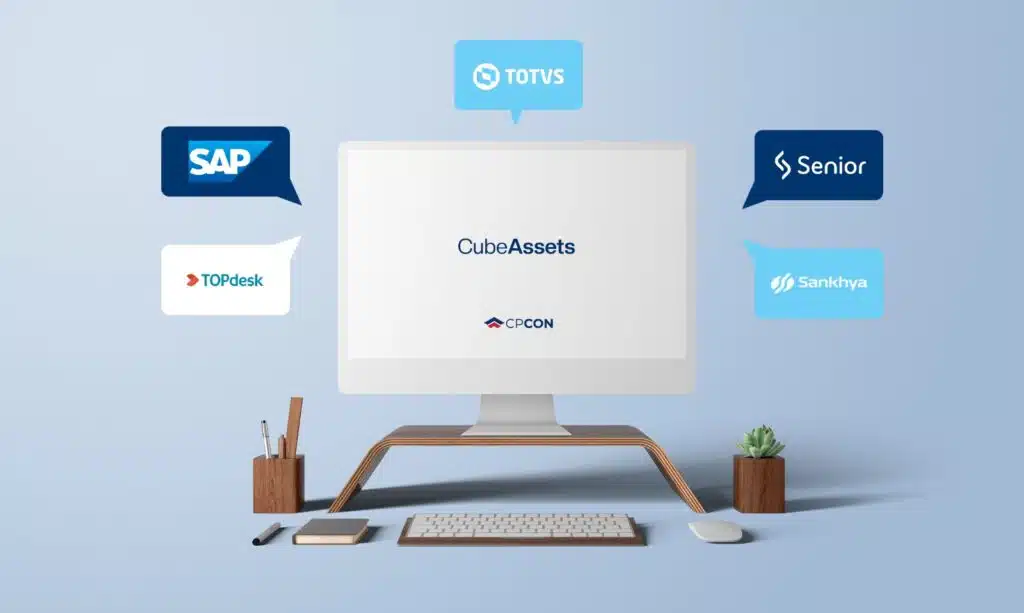
Governance and Compliance through Verification Software
Beyond automating operational tasks, asset verification software reinforces key pillars of fixed asset management: governance, transparency, and regulatory compliance.
By centralizing data, tracking updates, and generating audit-ready reports, these platforms enable robust documentation practices — essential for regulatory compliance and corporate accountability.
One notable feature is the audit trail, which records all actions performed on each asset, from its last physical verification to location or status adjustments.
Another critical advantage is data consistency. Built-in validation rules and direct integration with accounting systems minimize human error, enhance data quality, and ensure that the asset register is always ready for internal and external inspections.
For companies operating in highly regulated industries such as finance, healthcare, or energy, using digital tools for asset verification and asset reconciliation is a risk mitigation strategy.
It not only prevents penalties, but also elevates the organization’s maturity and control over its fixed asset inventory.
In summary, asset verification software is not just a tool for inventory — it is an essential system for governance, compliance, and strategic asset oversight.
The Importance of Asset Reconciliation: From Physical Inventory to Accounting Records
Asset reconciliation is the bridge between the physical reality of fixed assets and the accounting records that support the company’s balance sheet.
Without it, physical inventory loses strategic value and the accounting base becomes vulnerable to inconsistencies and compliance failures.
Companies that perform physical inventory but fail to reconcile the data with their financial systems risk maintaining a fictitious asset base.
This may include duplicated, obsolete, misclassified, or even nonexistent assets.
What is Asset Reconciliation?
Asset reconciliation is the process of comparing the data collected during physical verification with the records in the accounting system and the asset management system.
It aims to answer three essential questions:
- Does the asset physically exist?
- Is it located where and in the condition stated?
- Do the accounting records reflect its real status?
Key Stages of Reconciliation
Importing physical inventory data
Collected through systems, mobile apps, or structured spreadsheets, including location, condition, asset tags, and observations.
Comparison with the accounting register
Cross-checks field data against the ERP or EAM system, identifying discrepancies in asset location, status, cost center, and financial values.
Classification of discrepancies
- Assets not found
- Unregistered assets
- Assets with mismatched data
- Duplicated or obsolete assets
Treatment of inconsistencies
- Justified write-offs
- Internal transfers
- Status or depreciation updates
- Documentation and tax adjustments
Updated accounting records
- Reconciled and verified asset base
- Consolidated reporting
- Justification logs and full audit trails
Why Reconciliation is Essential
It ensures compliance with standards such as IAS 16, IAS 36, and audit requirements. It helps prevent hidden liabilities and improves the accuracy of financial reporting.
It also strengthens governance by supporting traceability and consistent documentation. In practice, reconciliation turns raw inventory data into reliable information for decision-making, audits, and valuation.
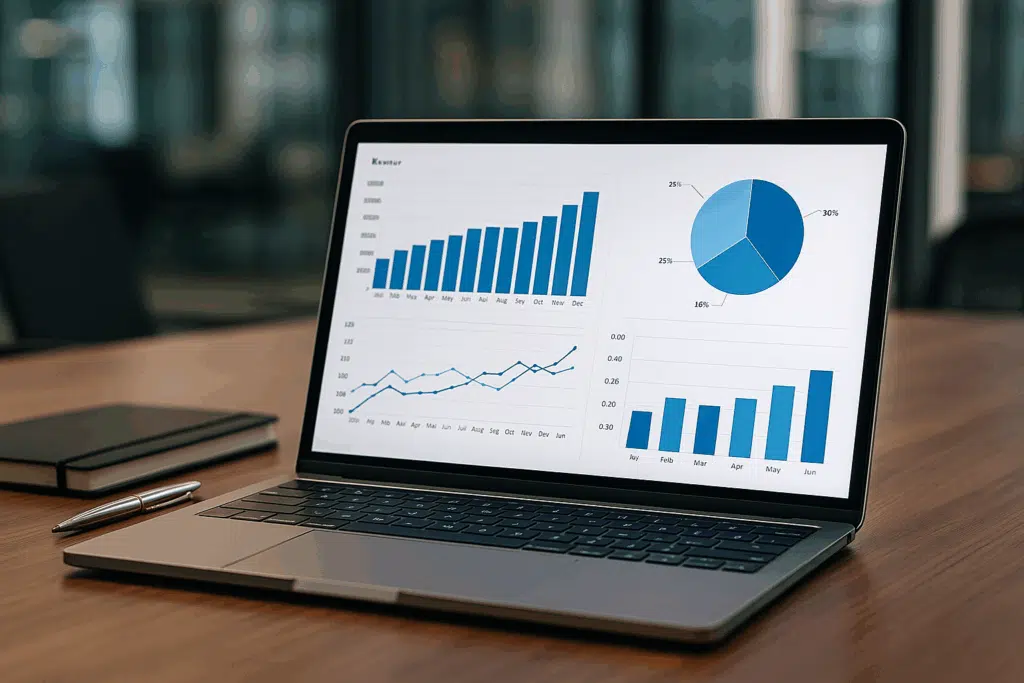
Strategic Asset Management and Financial Decision-Making
Physical verification of fixed assets is not merely a control activity. It is a business intelligence tool that supports strategic decision-making across the organization.
When integrated into corporate planning, it enhances decisions on investments, budgeting, M&A, and operational expansion.
Companies with reliable asset data operate with more accuracy, lower risk exposure, and greater predictability.
Real Asset Visibility as the Foundation for Solid Decisions
Accurate asset information allows leaders to know exactly what the company owns, where it is located, and its operational condition.
It also reveals the asset’s accounting value and current depreciation level.
This visibility prevents decisions based on outdated or distorted data. It reduces redundant acquisitions and promotes better use of available resources.
CAPEX Planning Based on Verified Information
Understanding the real condition of assets enables better capital allocation. It helps prioritize replacements, extend useful life, and avoid unnecessary purchases.
It also provides technical justification for budget requests. Investment decisions become based on asset performance and lifecycle, not assumptions.
Safer Valuation and Due Diligence in M&A
In mergers or acquisitions, fixed assets play a key role in enterprise valuation. Verified records improve transparency and investor confidence.
They minimize legal and tax risks during transactions. They also eliminate last-minute adjustments that can disrupt negotiations.
Supporting Growth and Expansion Strategies
Physical verification supports asset relocation, redeployment, or disposal planning. It ensures better use of current resources and prevents logistical bottlenecks.
This speeds up ramp-ups in new operations with lower investment. Strategic asset management begins with trust in physical data.
Conclusion
Physical verification of fixed assets is more than just a regulatory requirement. It is a strategic process that protects business value, supports financial decisions, and ensures compliance across the organization.
Neglecting this process exposes companies to financial losses, audit failures, and poor decision-making.
On the other hand, adopting specialized and technology-driven solutions turns asset control into a competitive advantage.
Ready to turn your asset control into a strategic advantage?
Talk to CPCON and discover how to streamline your physical asset verification with precision, technology, and full regulatory compliance.
FAQ
What is physical verification of fixed assets?
It is the process of inspecting and comparing physical assets with the company’s accounting records to ensure accuracy and control.
Why is physical verification important for audits?
It provides evidence of asset existence and condition, reducing inconsistencies and ensuring compliance with accounting standards.
How does technology support this process?
Using RFID, mobile apps, and integrated systems, companies can automate data collection, track assets, and generate audit-ready reports.
How often should physical verification be conducted?
At least once a year, or more frequently depending on regulatory demands and organizational strategy.
What are the risks of skipping physical verification?
Undetected asset losses, inaccurate depreciation, tax exposure, and audit failures.
How does reconciliation relate to physical inventory?
It converts field data into reliable accounting information by aligning the physical inventory with financial records.
How can CPCON help?
By offering on-site inventory with RFID, asset verification software, automated reconciliation, audit reports, and expert support for complete asset management.

